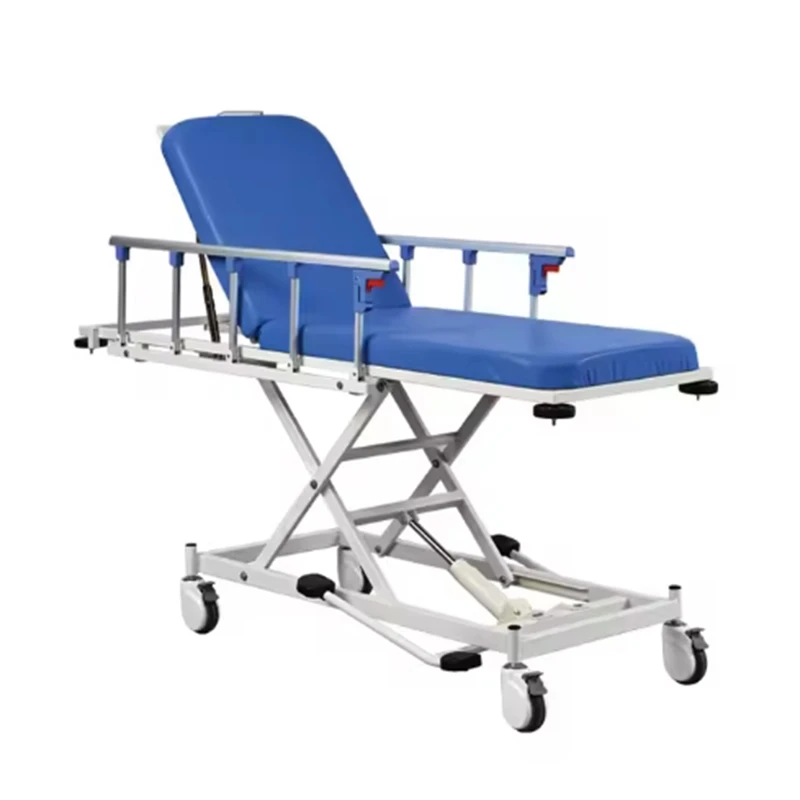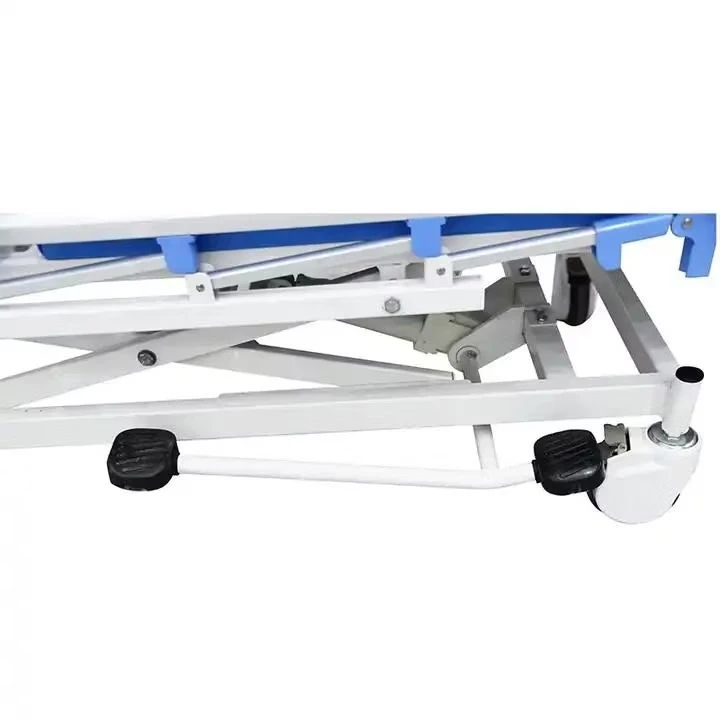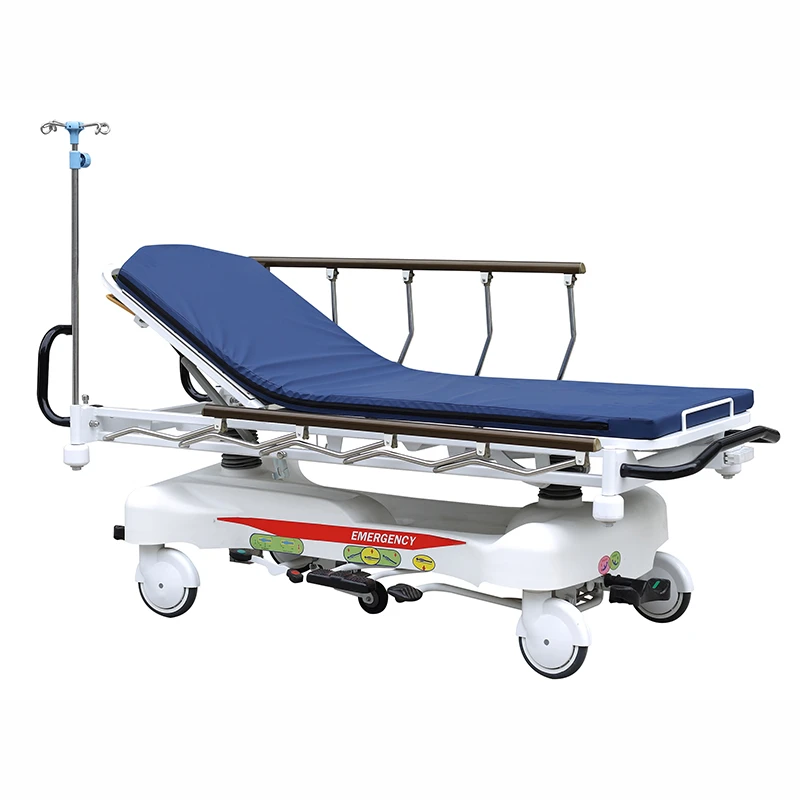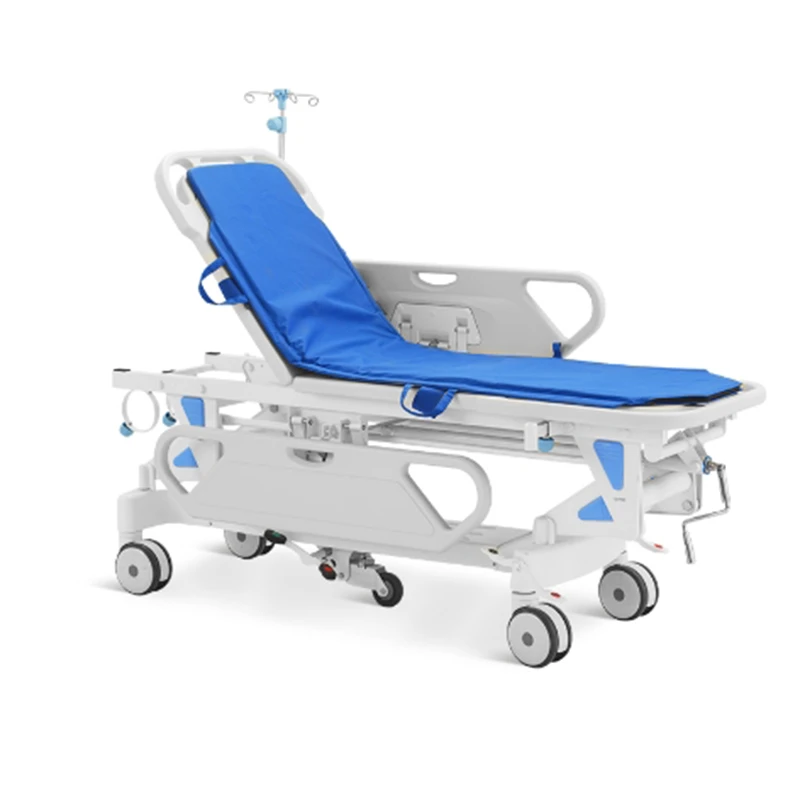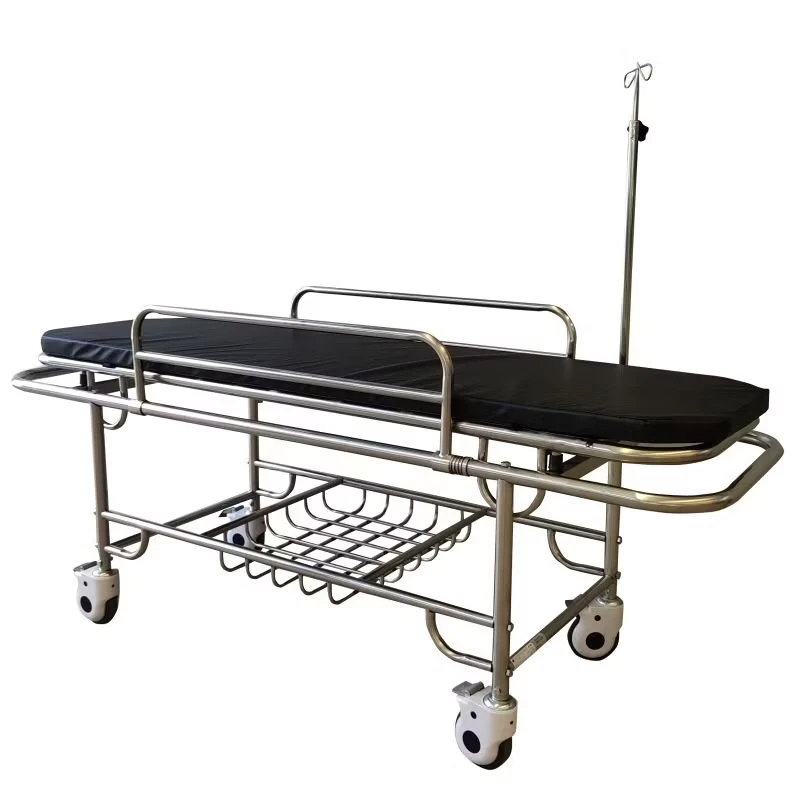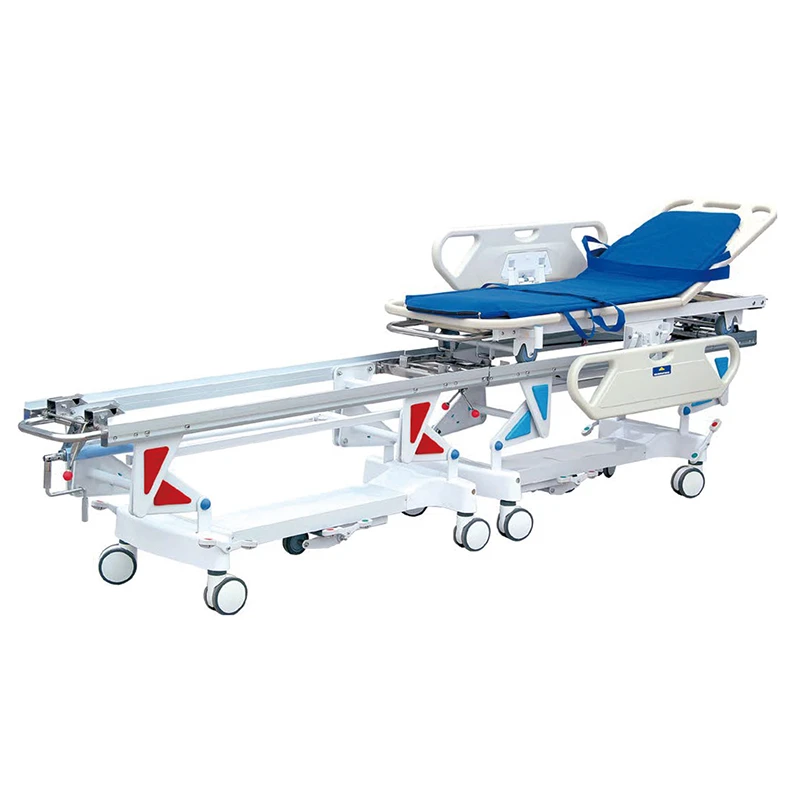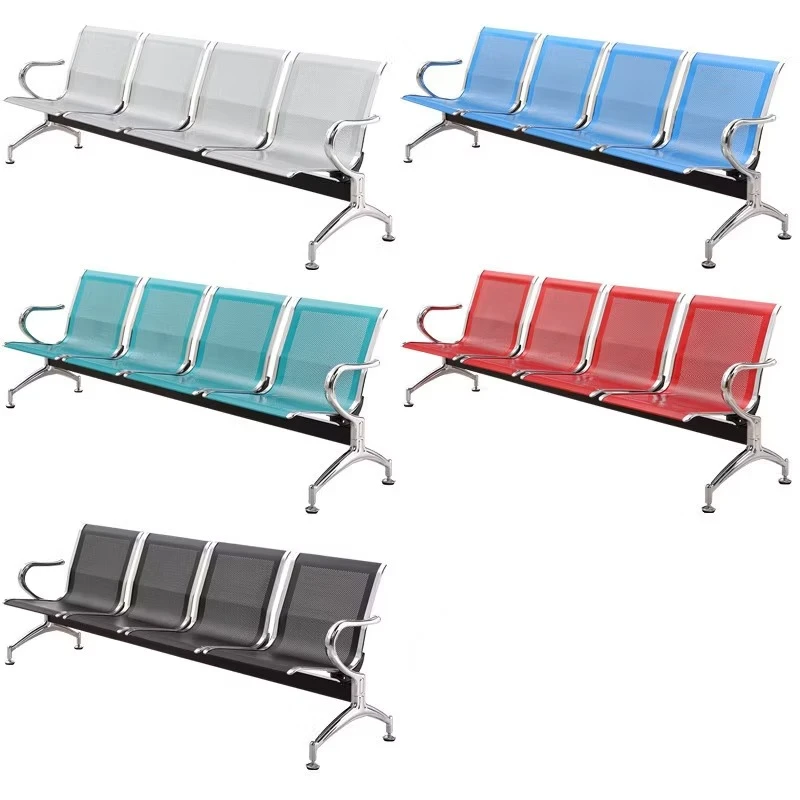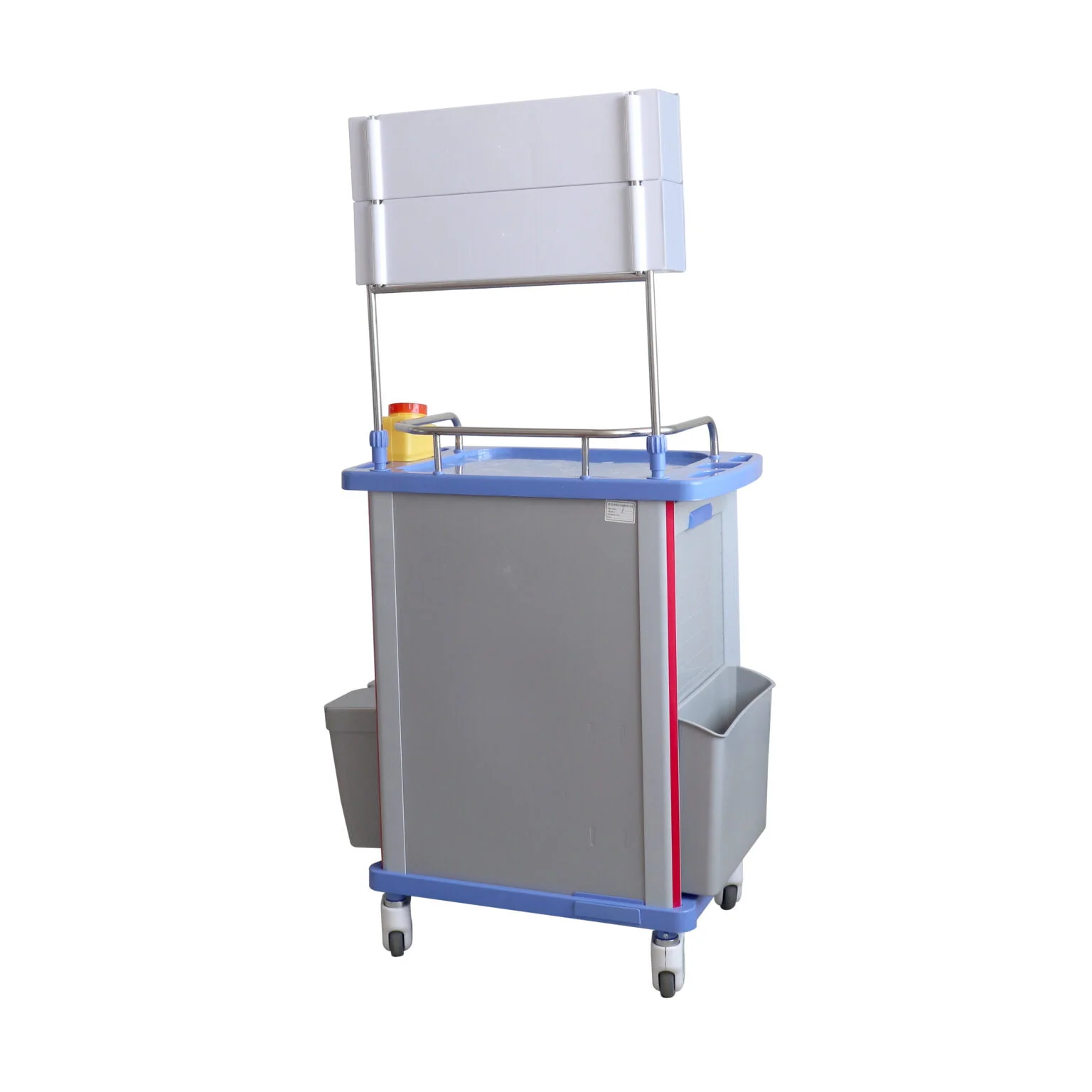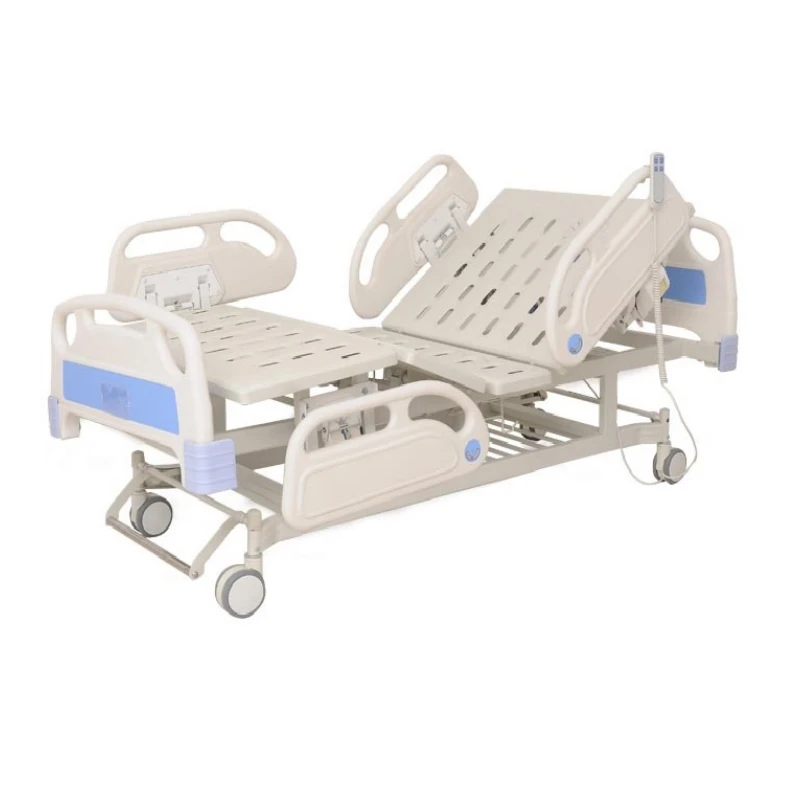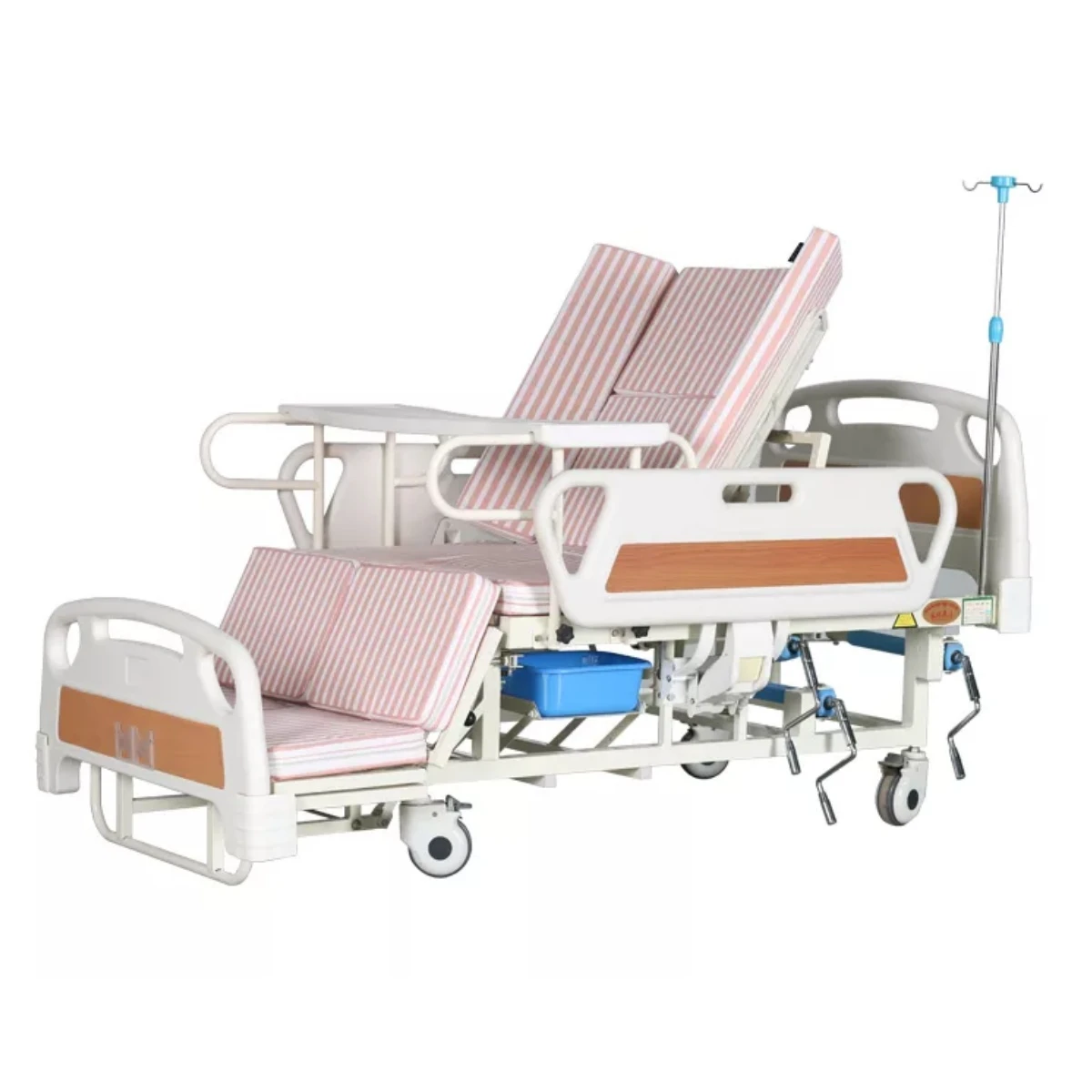Stretchers for Sale and Hospital Use
When medical facilities look for reliable patient transfer solutions, stretchers for sale become a vital category to consider. From emergency rooms to outpatient clinics, these devices provide a safe and efficient way to move patients, ensuring both stability and comfort. Stainless steel designs are particularly valued for their durability, ease of cleaning, and resistance to frequent disinfection routines, making them a practical choice for modern hospitals.
In many clinical environments, the need for different configurations has led to a growing demand for hospital stretchers for sale that can adapt to various procedures. Some models feature adjustable backrests, collapsible side rails, and secure locking wheels, which improve safety during patient transport. By offering versatility, they allow medical teams to use a single trolley for multiple purposes, minimizing equipment turnover and optimizing space in crowded healthcare facilities.
Emergency departments often rely on the gurney stretcher for sale category, as these are built to withstand constant movement and heavy loads. Whether transferring patients from ambulances or between departments, gurneys combine maneuverability with reinforced construction. The height-adjustable frames also support caregivers by reducing strain, ensuring that medical staff can maintain efficient workflows even during high-pressure situations.
The patient stretcher trolley further enhances practicality by integrating functions such as hydraulic lifting or ergonomic push handles. These features reduce manual effort while maintaining smooth operation across different floor types. With dedicated welding workshops and strict inspection systems, manufacturers like ours ensure that each unit maintains long-term reliability and meets the demanding hygiene standards of international healthcare facilities.
Beyond emergency use, many facilities invest in a stretcher bed that doubles as a temporary resting unit for patients awaiting treatment or transfer. With well-padded surfaces and robust construction, these stretchers can be used for extended durations without compromising patient comfort. As exports to more than 60 countries show, this type of design adapts well to different hospital environments, meeting global expectations for safety and practicality.
Stretcher Types and Patient Transfer Solutions
Understanding the different stretcher types is essential for hospitals, clinics, and emergency services that deal with varied patient needs. Each design serves a specific purpose, from lightweight folding versions for field rescue to reinforced frames for long-term patient care. For example, emergency facilities often require emergency stretcher models that prioritize quick mobility and durability, while rehabilitation centers may rely on cushioned options for comfort during longer use.
The patient transfer trolley is one of the most practical choices for hospitals, as it supports smooth movement between wards, operating theaters, and diagnostic rooms. Equipped with side rails, braking systems, and height-adjustable frames, these trolleys reduce the risks associated with manual lifting. They also improve workflow efficiency by giving healthcare staff more control during transfers. In large hospitals, the ability to shift patients safely with minimal effort is critical, and this is where precision-engineered trolleys excel.
For outpatient departments or secondary facilities, the hospital patient trolley provides a balance between affordability and functionality. Many models incorporate simple but effective designs that can withstand repeated use without compromising safety. Manufacturers with complete production lines—such as welding, spraying, and packaging workshops—can ensure that these trolleys are not only durable but also consistent in quality across large volumes, a key factor when supplying equipment to over 500 hospitals worldwide.
When considering stretcher design, medical teams often look for details such as frame strength, surface material, and ease of sanitation. Stainless steel and powder-coated finishes allow for repeated cleaning without degrading the equipment, an essential factor in infection control. Advanced designs also include ergonomic handles and larger wheels, which make transportation smoother on different floor surfaces, from tiled hospital corridors to outdoor transfer areas.
The choice between types of stretchers depends on the facility’s environment, patient demographics, and budget. Whether selecting a folding stretcher for rapid deployment or a hydraulic transfer trolley for intensive use, healthcare institutions benefit from working with suppliers that follow international certifications like ISO13485 and CE, ensuring safety and reliability at every stage.
Stretcher Cost and Hospital Size Considerations
When evaluating medical equipment, both stretcher cost and sizing play a decisive role in procurement. Facilities must balance affordability with durability, especially when purchasing in bulk for hospitals, clinics, and emergency fleets. Entry-level models are often more economical, yet they may lack the advanced safety features or ergonomic designs required for long-term use. In contrast, professional-grade options, while carrying a higher price, are engineered to endure repeated transfers and support heavier patients without compromising safety.
Understanding ambulance stretcher dimensions is critical for emergency services. Compact sizes allow paramedics to maneuver efficiently through tight corridors and lift patients into vehicles without unnecessary strain. However, these stretchers must also provide stability during transport, requiring precise design standards. International suppliers with a decade of production experience are particularly adept at ensuring that every stretcher frame and surface is consistent with global emergency requirements, allowing products to fit seamlessly into ambulance interiors worldwide.
Inside healthcare facilities, hospital stretcher size is equally important. Standard dimensions ensure compatibility with elevators, doorways, and diagnostic equipment, while larger sizes are often requested by bariatric departments to accommodate diverse patient needs. A scientific production management system—backed by welding workshops, spray finishing, and strict quality inspection—ensures that these stretchers meet dimensional accuracy while maintaining robust structural strength.
For institutions making purchasing decisions, examining the long-term benefits of durable equipment is essential. While a lower hospital stretcher price may seem attractive initially, hidden costs can arise from frequent repairs or replacements. By sourcing from experienced manufacturers who adhere to ISO13485 and CE certifications, hospitals can ensure compliance, minimize risks, and ultimately achieve better value across years of use.
In short, selecting the right stretcher involves looking beyond immediate stretcher price and considering how dimensions, material quality, and regulatory compliance affect both patient safety and operational efficiency. This comprehensive view ensures that healthcare providers are investing wisely in equipment that will continue to serve effectively over time.
Product Parameters
|
Material |
Metal |
|
Application |
Hospital |
|
Size: |
193x64x56/86 |
|
Weight: |
85 Kg |
|
Warranty |
1 Year |
Important Quality Control
-
1.Cold rolled steel with powder coating treatment
-
Height adjustment by hydraulic pump
-
Backboard adjustment by mechanical
-
Foldable side railing with aluminum alloy material
-
4 pcs bump castor in each corner
- 4 pcs 125mm castors, 2 with locking





